The Nvidia GeForce RTX 5070 Ti: A Budget-Friendly 4K Champion?
The Nvidia GeForce RTX 5090's underwhelming generational leap and high price left many wanting. The RTX 5070 Ti, however, offers a more compelling proposition. While not drastically faster than its predecessor, its more affordable price point makes it the most practical Blackwell-architecture card on the market, especially for those on a budget.
Priced at $749, the RTX 5070 Ti excels as a 4K graphics card, effectively overshadowing the more expensive RTX 5080 (provided you can find either card at MSRP). However, a crucial caveat: the review unit, an MSI aftermarket model, cost significantly more at $1099 – exceeding the RTX 5080's $999 price. Therefore, the value proposition hinges heavily on securing the card at its base price. At $749, it's arguably the best option for most 4K gamers.
Purchasing Guide
The Nvidia GeForce RTX 5070 Ti launched February 20, 2025, with an MSRP of $749. Expect significant price variations across different models. While excellent value at $749, its appeal diminishes as the price approaches that of the RTX 5080.
Nvidia GeForce RTX 5070 Ti – Image Gallery
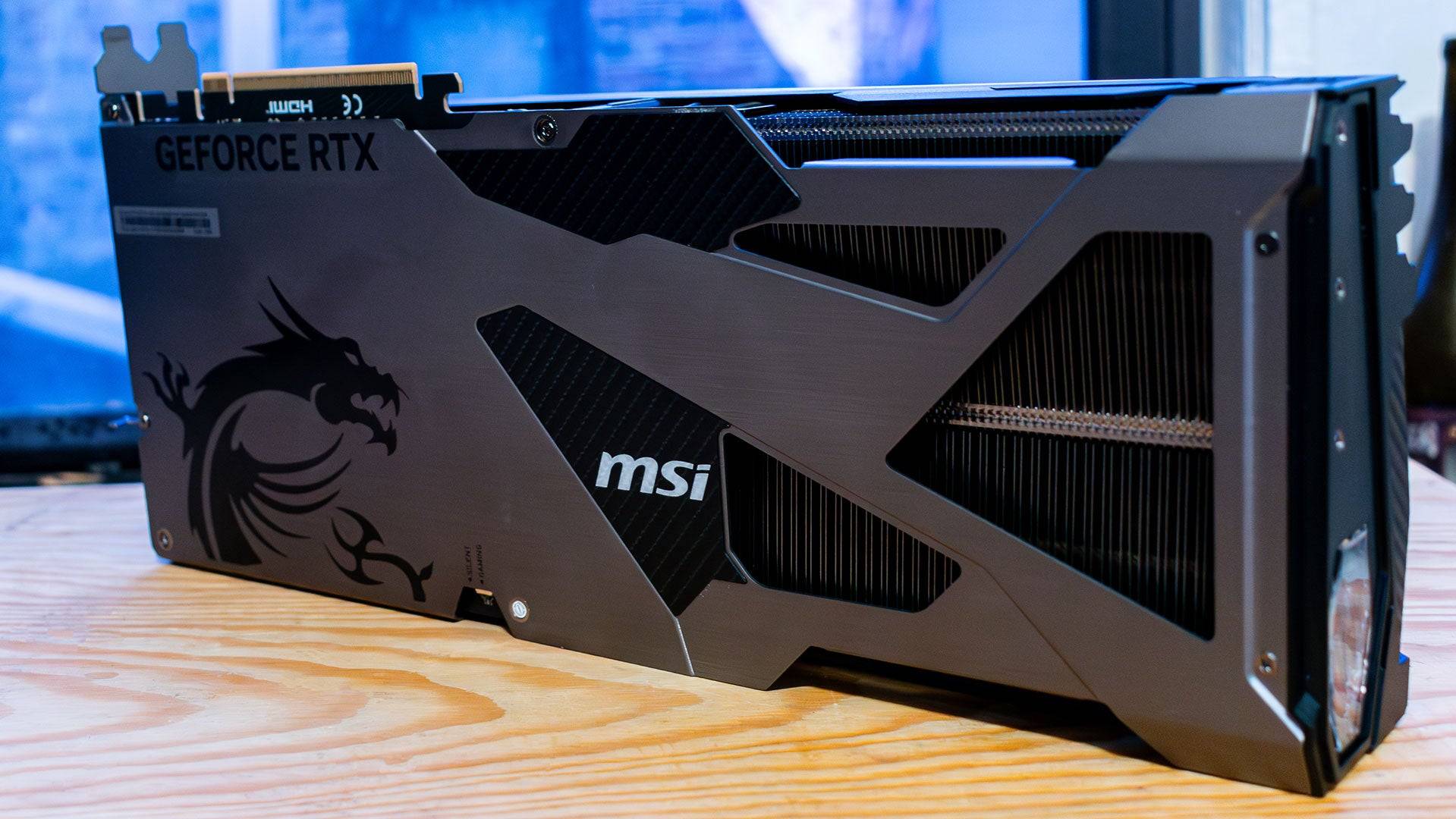
 6 Images
6 Images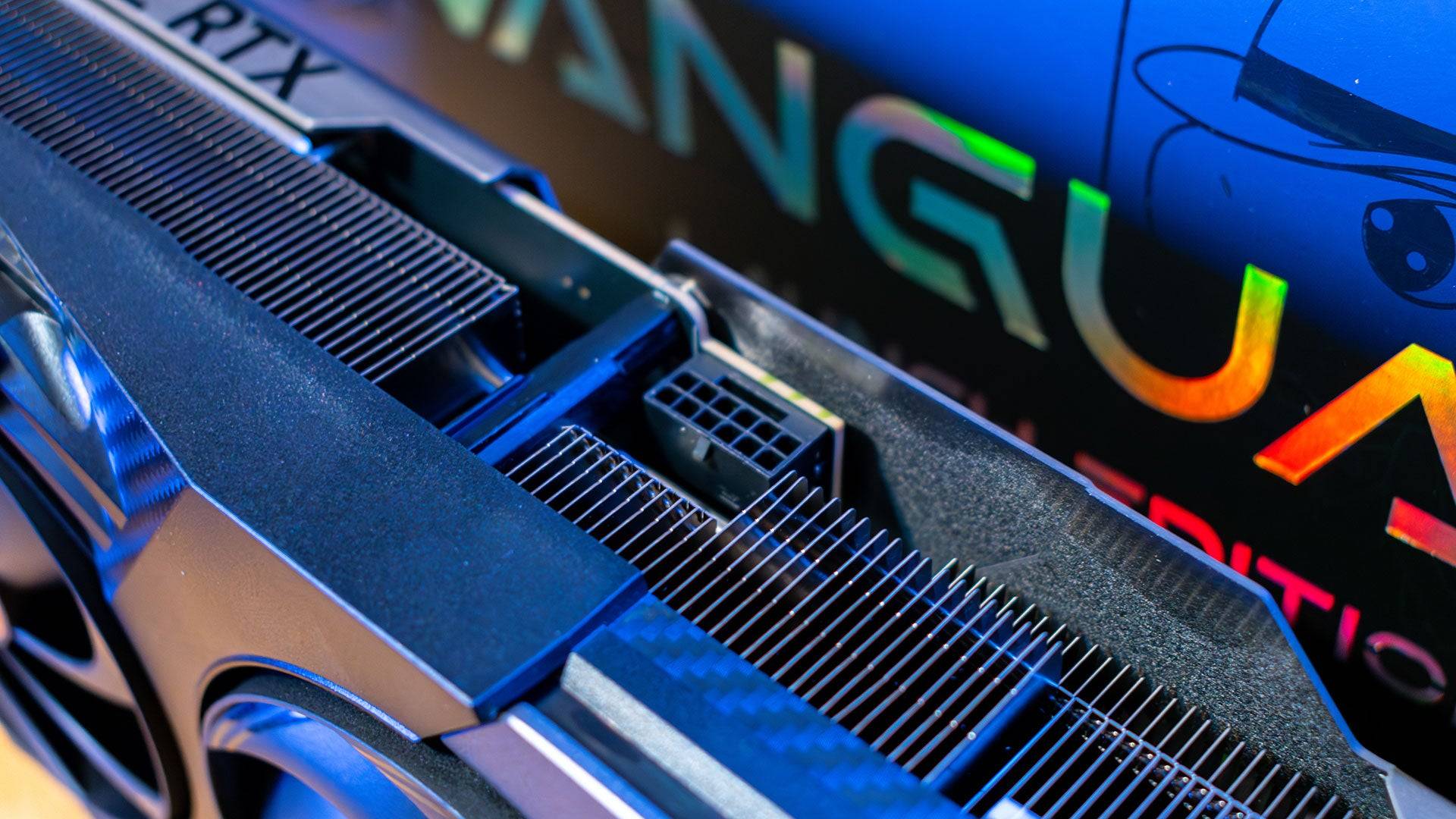
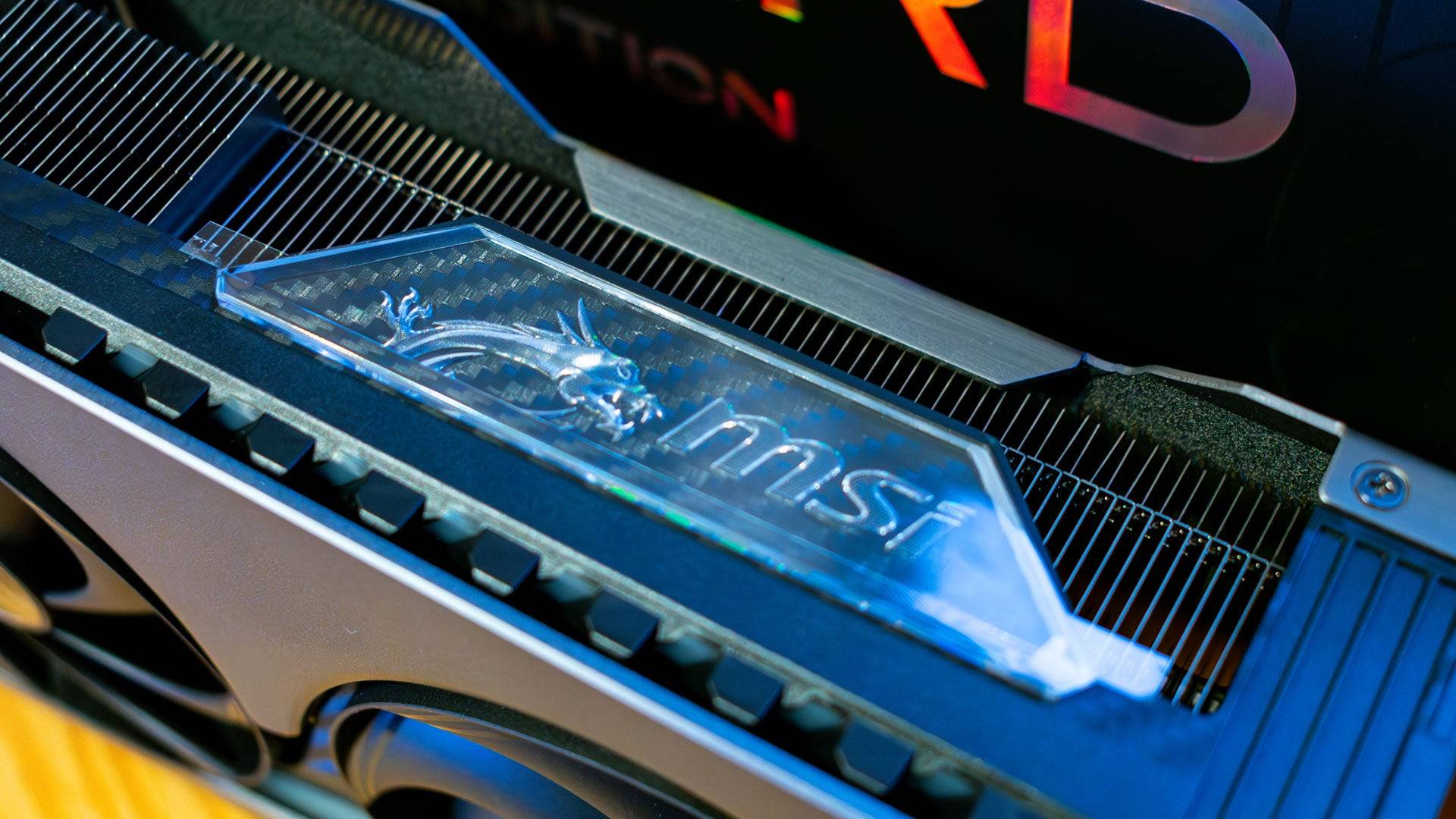
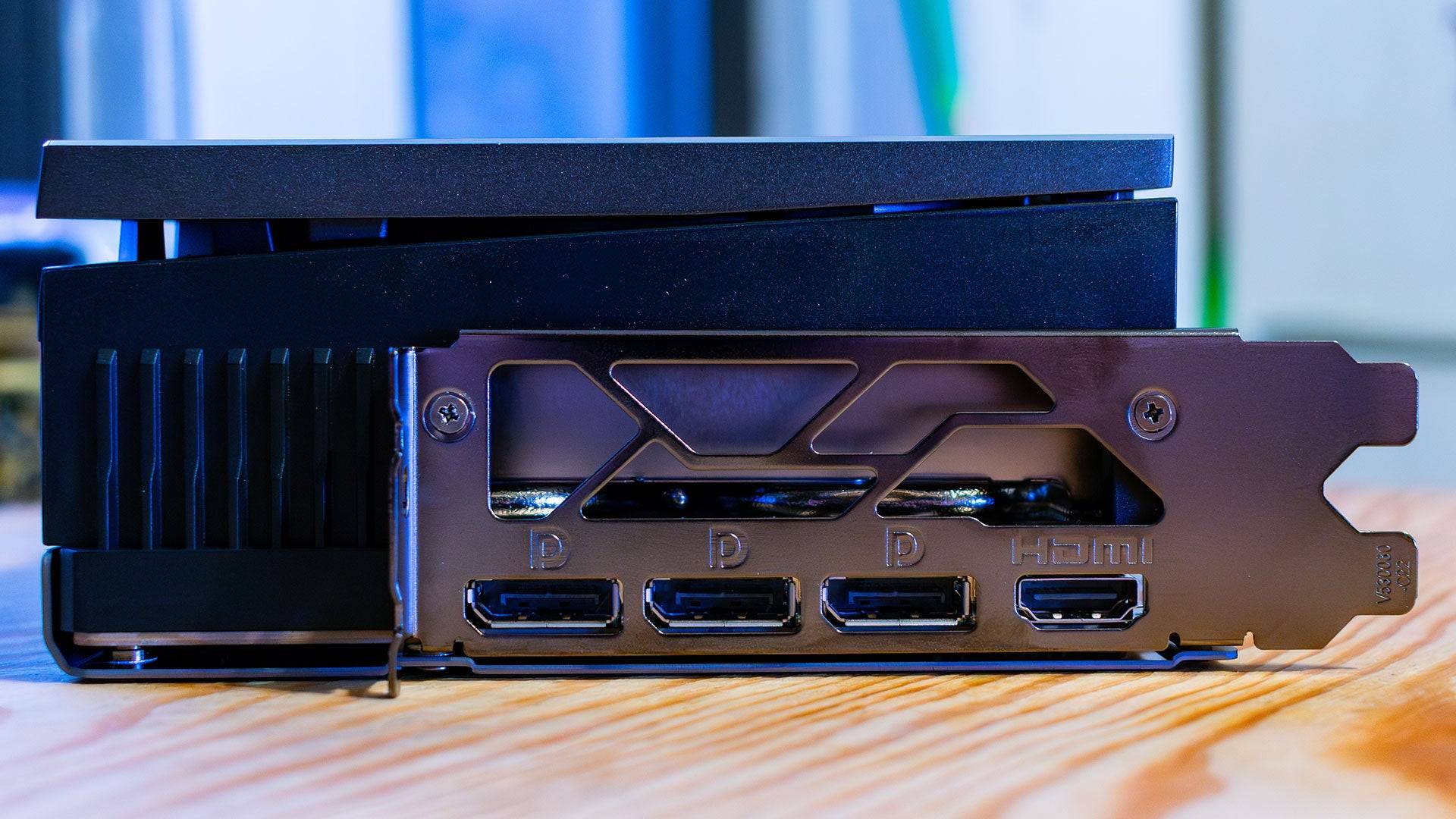

Specs and Features
The RTX 5070 Ti is the third Blackwell-architecture GPU. Initially designed for AI supercomputers, Nvidia adapted it for gaming, retaining its AI capabilities.
Sharing the GB203 GPU with the RTX 5080, it features 70 Streaming Multiprocessors (SMs), resulting in 8,960 CUDA cores, 70 RT cores, and 280 Tensor Cores (14 SMs are disabled compared to the 5080). It also boasts 16GB of GDDR7 RAM, albeit slightly slower than the RTX 5080. The Tensor Cores are key, leveraging AI upscaling and frame generation.
Blackwell integrates a new AI Management Processor (AMP), offloading work previously handled by the CPU. This significantly improves the efficiency of features like DLSS and frame generation.
DLSS 4 utilizes a Transformer model instead of a CNN, enhancing image quality by reducing ghosting and artifacts. It also introduces Multi-Frame Generation (MFG), generating up to three frames per rendered frame, potentially quadrupling frame rates. However, this increases latency, though Nvidia's Reflex technology aims to mitigate this.
With a 300W TDP, it's comparable to the RTX 4070 Ti and 4070 Ti Super. Nvidia recommends a 750W PSU, but an 850W PSU is advisable, particularly for high-end models.

DLSS 4: Is It Worth It?
While faster than its predecessor, the RTX 5070 Ti's main selling point is DLSS 4 and MFG. High-refresh-rate monitors benefit greatly, though don't expect dramatic latency improvements. MFG analyzes rendered frames and motion vectors to predict subsequent frames, generating up to three additional frames. While a theoretical 4x increase is possible, real-world results vary.
Testing in Cyberpunk 2077 and Star Wars Outlaws showed significant frame rate boosts with MFG, but latency increases were minimal at higher frame rates. At lower frame rates, however, lag and artifacts become more noticeable. The RTX 5070 Ti, however, maintains high enough frame rates at 4K to avoid these issues.
Nvidia GeForce RTX 5070 Ti – Benchmark Results
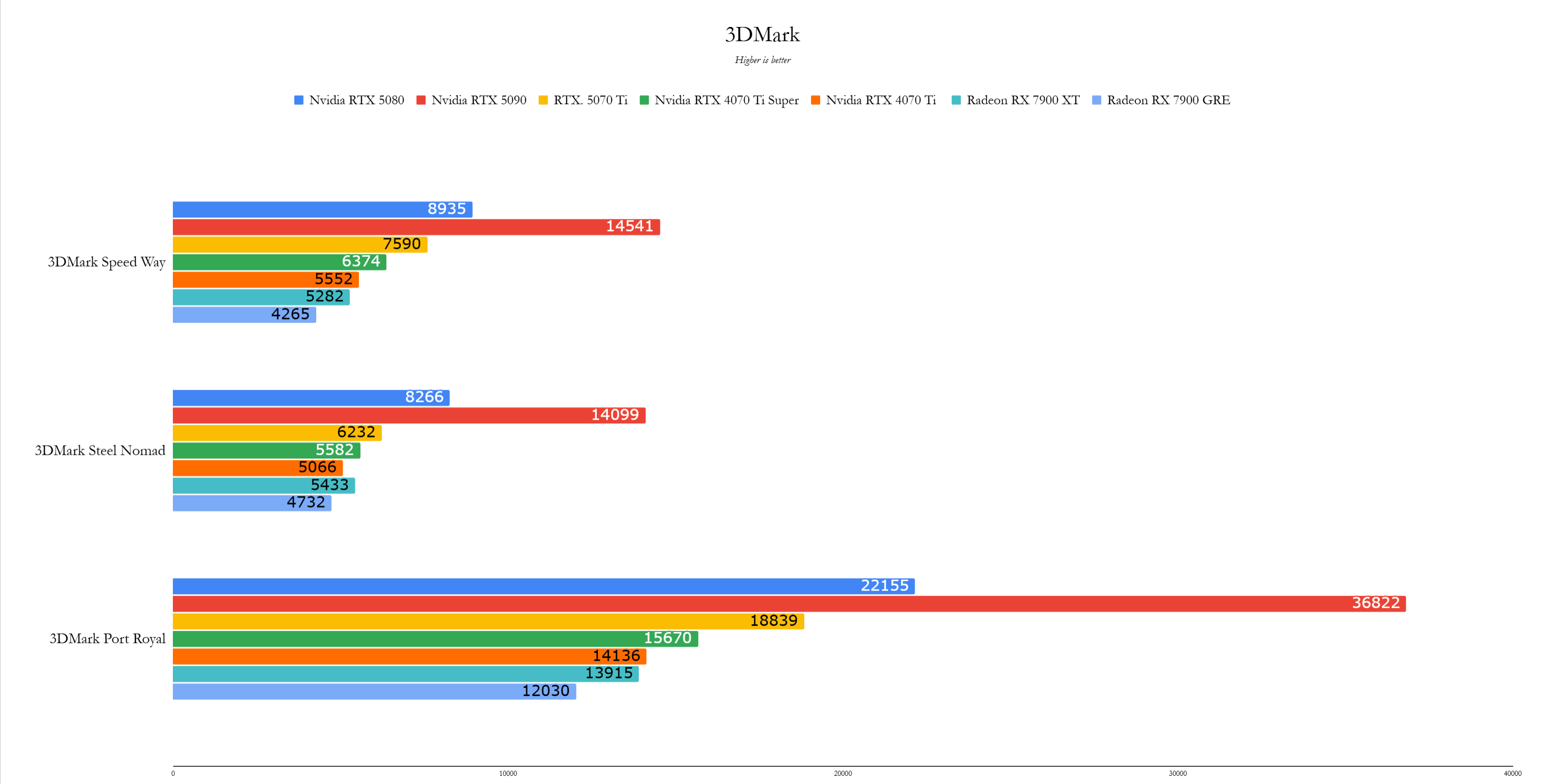
 12 Images
12 Images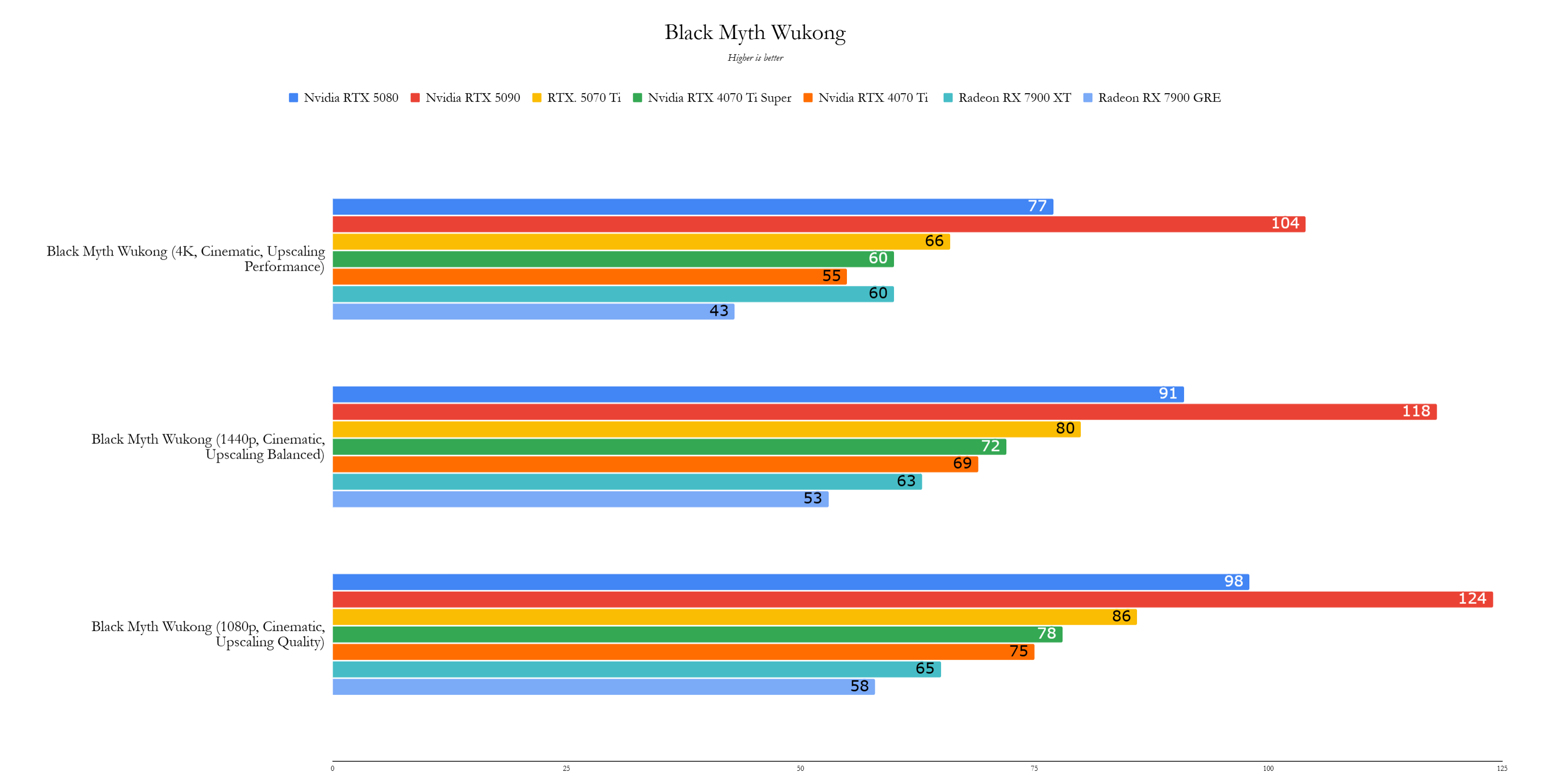

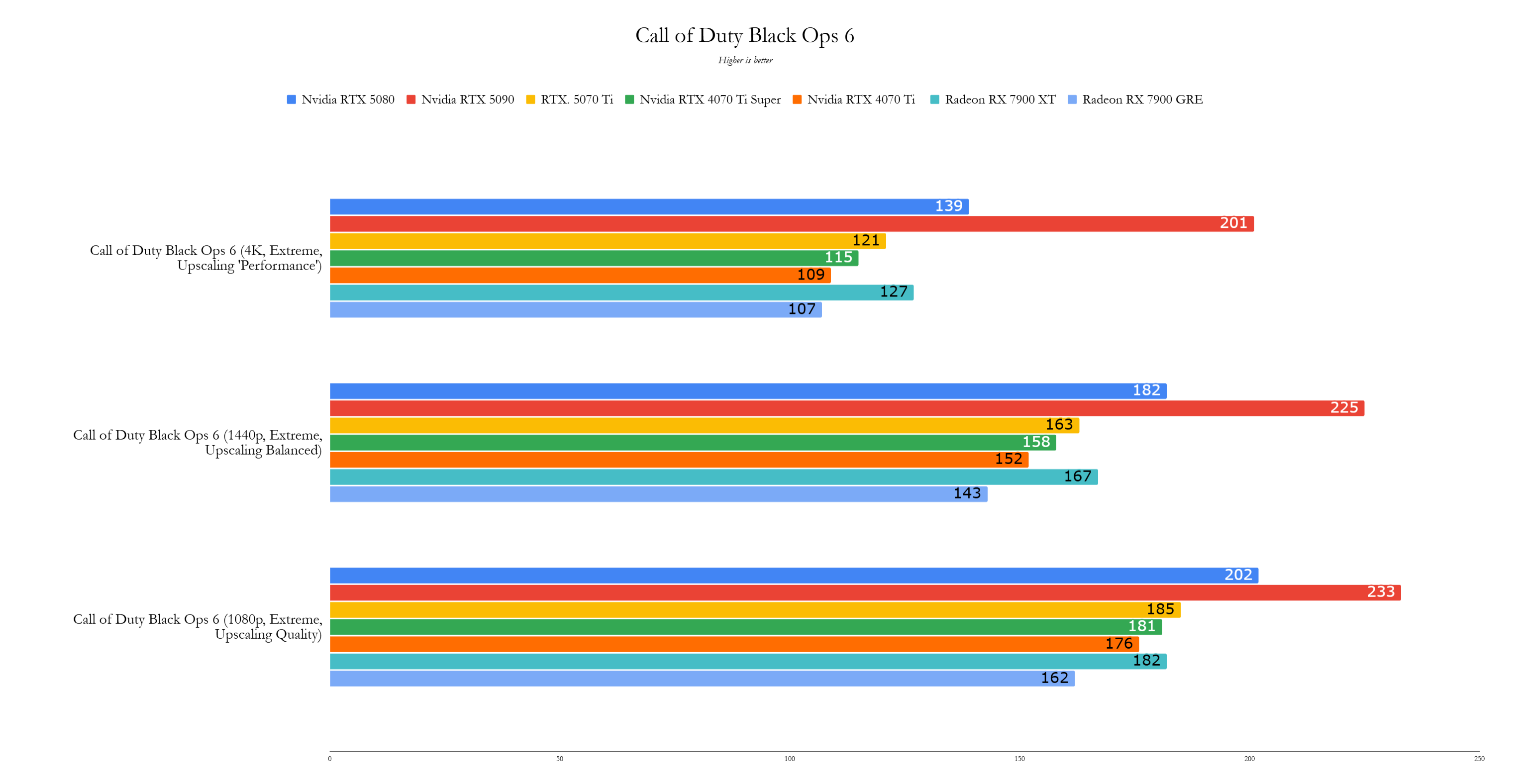
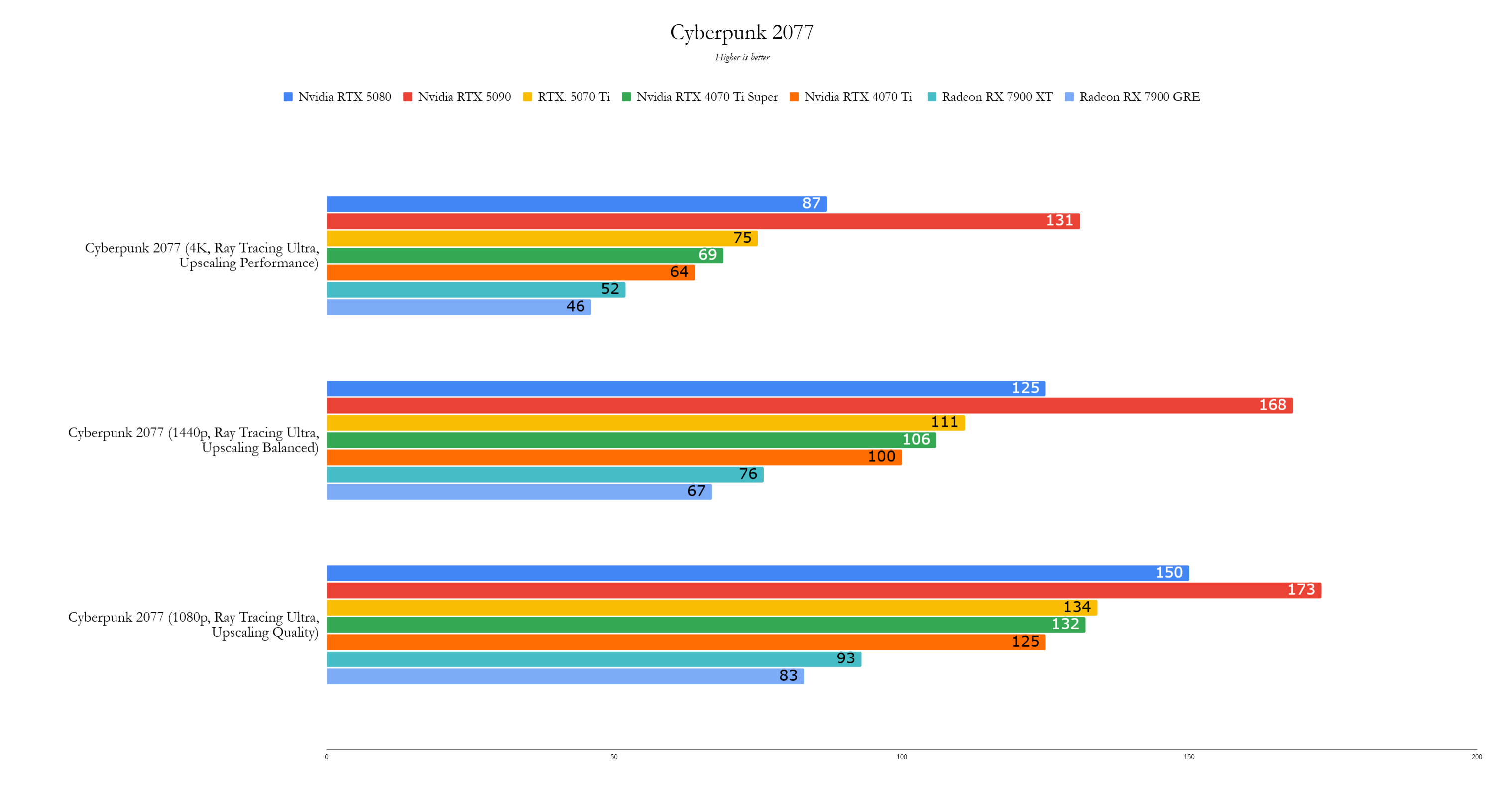
Performance
At 4K, the RTX 5070 Ti is approximately 11% faster than the RTX 4070 Ti Super and 21% faster than the RTX 4070 Ti. This surpasses the RTX 5080's generational improvement, making it the best value card in its generation. It consistently exceeded 60fps at 4K in demanding titles.
Test System: AMD Ryzen 7 9800X3D, Asus ROG Crosshair X870E Hero, 32GB G.Skill Trident Z5 Neo @ 6,000MHz, 4TB Samsung 990 Pro, Asus ROG Ryujin III 360. The review unit was tested at stock settings.
Benchmarks across various titles, using the latest drivers (Game Ready Driver 572.42 for Nvidia cards except the 5070 Ti, which used a pre-release driver, and Adrenalin 24.12.1 for AMD cards), demonstrated consistent performance improvements over previous generations, although some games showed smaller gains than others.
Conclusion
The Nvidia GeForce RTX 5070 Ti, at its $749 MSRP, represents excellent value for a 4K gaming GPU. Its performance uplift over the previous generation, coupled with its relatively lower price, makes it a strong contender. However, the price variability necessitates caution before purchasing.

 Latest Downloads
Latest Downloads
 Downlaod
Downlaod




 Top News
Top News








